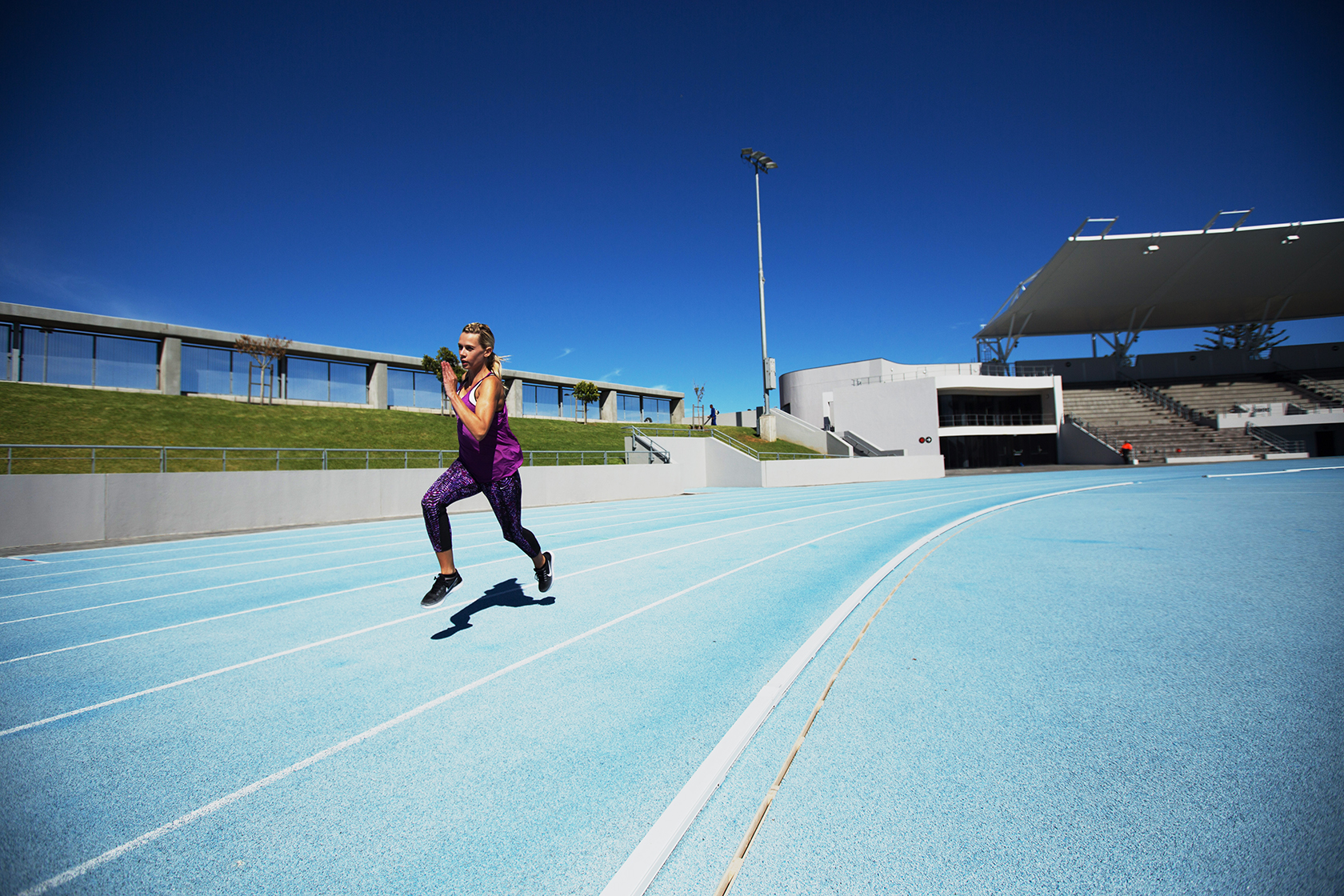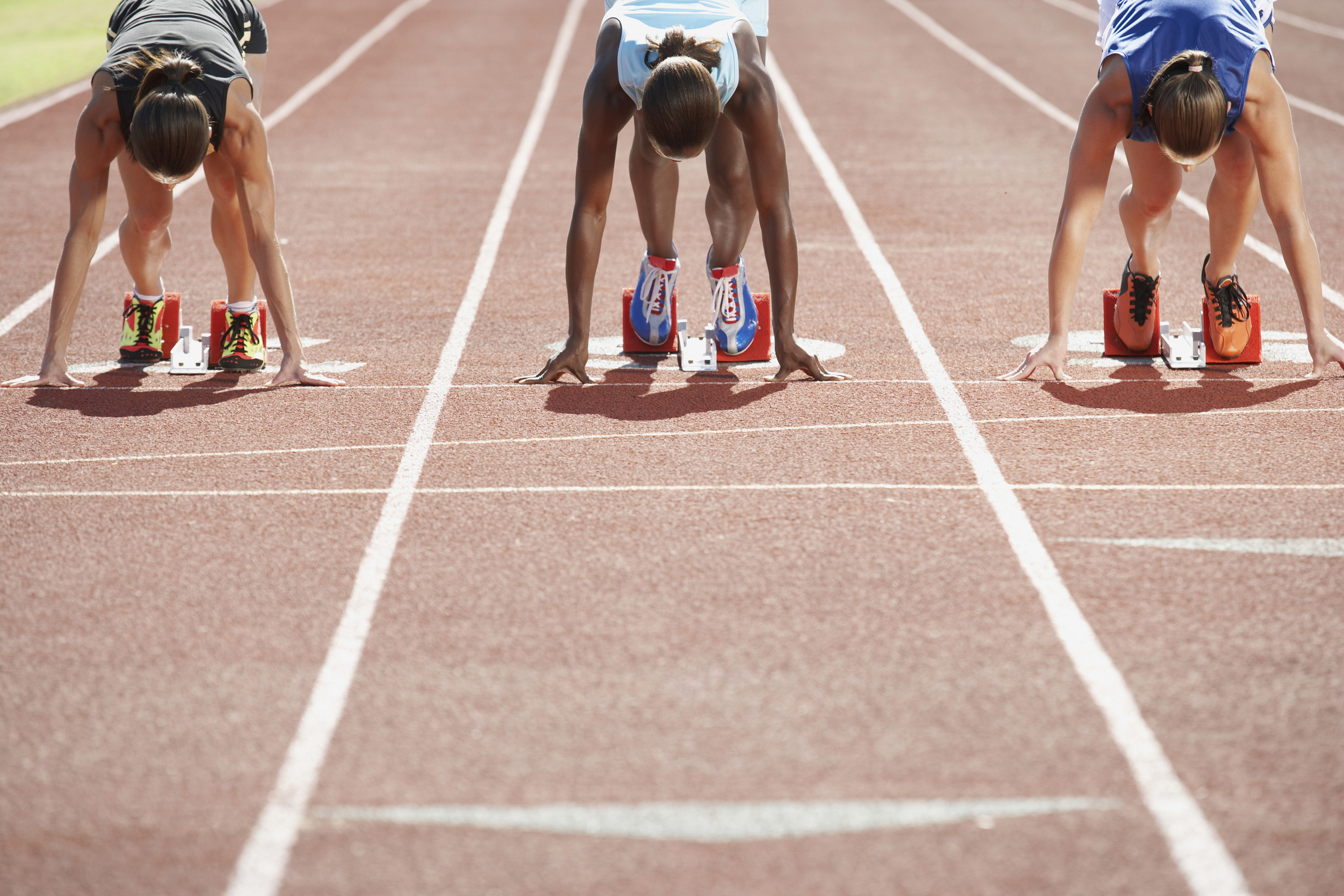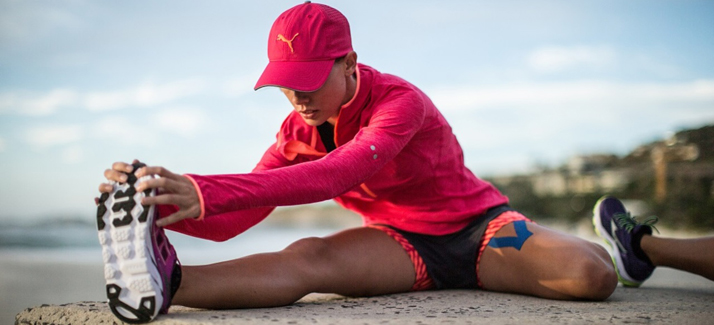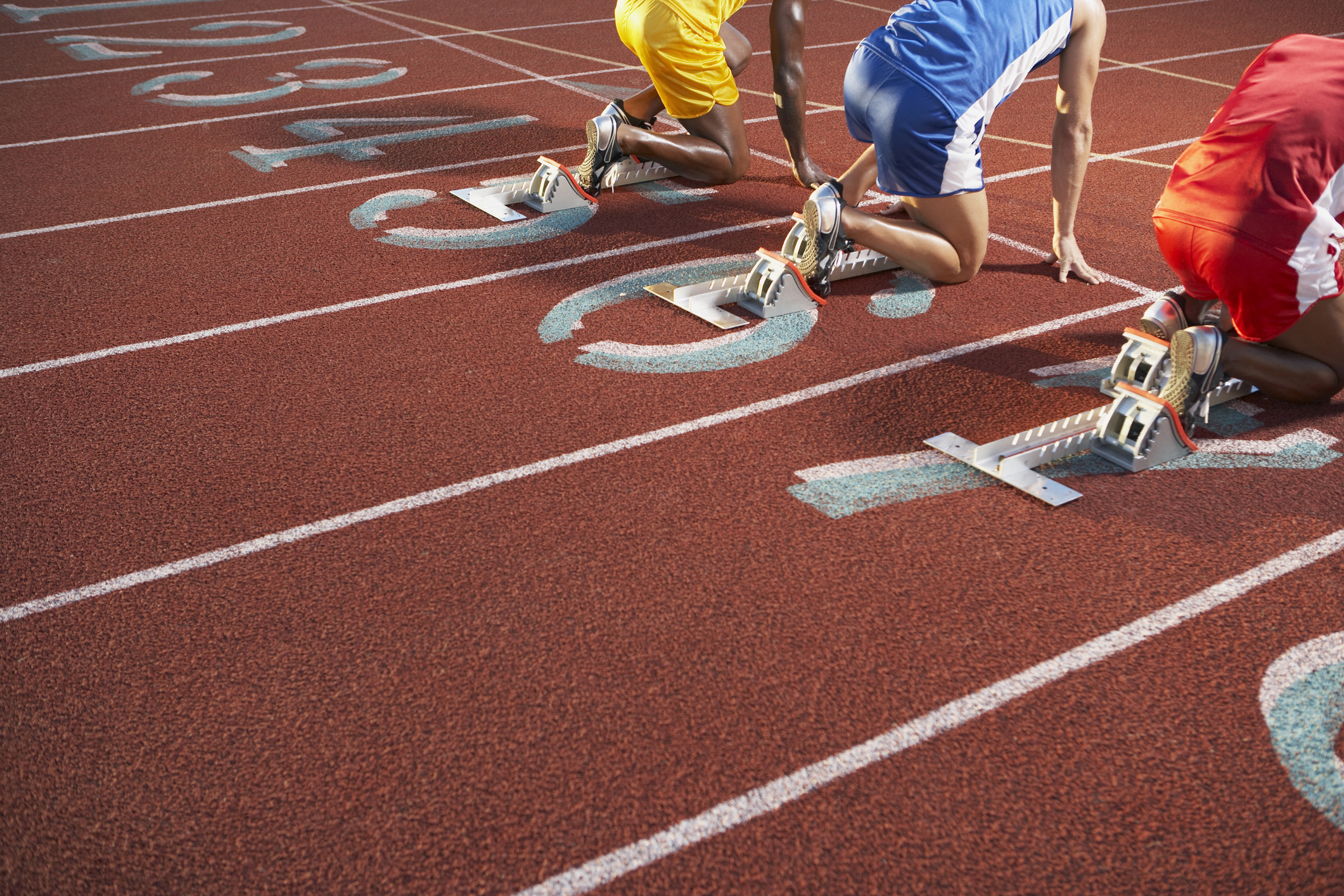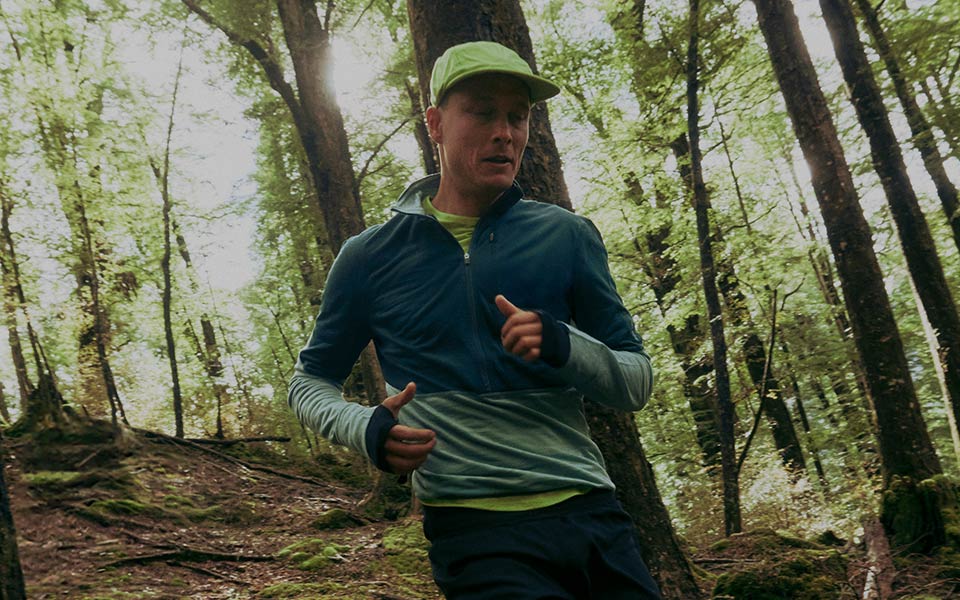How to Use Track Workouts to Boost Your Endurance

Ready to transform your endurance and unlock new levels of performance? Discover how track workouts can help you build lasting stamina, improve your speed, and boost your confidence on every run. Discover expert-backed training routines, practical advice for all abilities, answers to the most common questions, and essential tips on nutrition, recovery, and motivation—everything you need to make every lap count and reach your running goals.
Why Track Workouts Are a Game-Changer for Endurance
What Makes Track Workouts So Effective?
There’s something almost magical about stepping onto a running track. The springy surface, the perfectly measured lanes, the sense of possibility in the air—it’s no wonder that athletes of all levels flock to the track to test their limits. But beyond the atmosphere, there’s solid science behind why track workouts are so effective for building endurance.
On the track, every step is measured. You know exactly how far you’ve run, and you can easily track your progress from week to week. This precision is invaluable, especially when you’re working on interval training, which is proven to boost both your aerobic and anaerobic capacity. The flat, predictable surface means you can focus on your form and pacing without the distractions of hills, traffic, or uneven ground.
Another huge benefit is the ability to alternate between hard efforts and recovery periods. Intervals—short bursts of speed followed by rest—challenge your cardiovascular system and teach your body to recover more efficiently. Over time, these sessions build the kind of stamina that translates directly to longer races and everyday runs.
And let’s not forget the social side. Whether you’re training with a club or just sharing the track with a few regulars, the energy is infectious. Pushing yourself alongside others can be incredibly motivating, and the camaraderie often makes even the toughest sessions fly by
How Track Workouts Build Endurance
Endurance isn’t just about running for longer—it’s about running stronger, with less fatigue, and recovering faster between efforts. Track workouts are uniquely suited to this because they allow you to train both your aerobic and anaerobic systems in a controlled environment.
Cardiovascular endurance is your body’s ability to deliver oxygen to your muscles over time. Track intervals push your heart and lungs to work harder, strengthening them just like any other muscle. Over time, this means you can run faster and farther before you start to tire.
Muscular endurance is equally important. Repeating intervals at a challenging pace forces your leg muscles to adapt, becoming more efficient at using energy and clearing waste products like lactic acid. This is where the magic happens: your muscles learn to delay fatigue, so you can maintain a strong pace deep into your run.
Perhaps most crucially, track workouts help raise your lactate threshold—the point at which lactic acid starts to accumulate in your muscles, causing that familiar burning sensation. By regularly pushing just above your comfort zone, you teach your body to clear lactic acid more efficiently, allowing you to sustain faster paces for longer.
In short, track workouts don’t just make you fitter—they make you a smarter, more resilient runner, able to tackle any distance with confidence.
Essential Track Workouts to Boost Endurance
1. Ladder Intervals
Ladder intervals are a staple for runners looking to build both speed and stamina. How it works: start with a short distance (like 400m), then gradually increase (800m, 1200m, 1600m) before working your way back down. Each interval is followed by a rest period, usually 1–3 minutes, to allow partial recovery.
This workout is brilliant for teaching your body to handle increasing levels of fatigue, while also keeping things mentally engaging. You’ll find yourself pushing through the longer intervals, knowing the shorter ones are just around the corner.
2. Mile or 1K Repeats
Mile or kilometre repeats are classic endurance builders. How it works: Run a mile or kilometre at a challenging but sustainable pace, then recover for 2–4 minutes. Repeat this three to six times, depending on your fitness level.
These repeats are fantastic for improving your lactate threshold and mental toughness. They mimic the sustained effort of a race, helping you get comfortable with being uncomfortable—a crucial skill for any runner.
3. Yasso 800s
Yasso 800s have become legendary among marathoners. How iw works: run 800m at your target marathon pace (in minutes), then jog or walk for the same amount of time. For example, if you’re aiming for a 4-hour marathon, run each 800m in 4 minutes, with 4 minutes of recovery.
This workout not only builds endurance but also gives you a rough predictor of your marathon time. It’s a tough session, but the sense of accomplishment at the end is unbeatable.
4. Tempo Intervals
Tempo intervals are all about finding that “comfortably hard” pace—the sweet spot just below your race pace. How it works: Alternate 5–10 minutes at tempo pace with 2–3 minutes of easy jogging, repeating two to four times.
Tempo intervals train your body to clear lactic acid efficiently, allowing you to sustain faster paces for longer. They’re also great for building mental strength, as you learn to stay relaxed and focused under pressure.
5. Fartlek Sessions
Fartlek, Swedish for “speed play,” is a fun and flexible way to mix up your training. How it works: On the track, you might sprint the straights and jog the bends, or throw in random bursts of speed throughout a 20–40 minute run.
Fartlek sessions keep things interesting and help you develop both speed and endurance. They’re perfect for breaking up the monotony of structured intervals and reminding you that running should be enjoyable.
How to Structure Your Track Workout
Every great track session starts with a proper warm-up. Spend 15–20 minutes jogging easily, followed by dynamic drills like high knees, butt kicks, and leg swings. Finish with a few strides—short accelerations that get your legs firing and ready for action.
For the main set, choose one or two of the workouts above, tailoring the intensity and volume to your current fitness and goals. Remember, quality trumps quantity. Focus on good form and consistent pacing, rather than just grinding out reps.
Cool down with 10–15 minutes of easy jogging or walking, then stretch your calves, hamstrings, quads, and glutes. This helps flush out lactic acid and kickstarts the recovery process, so you’re ready to go again next time.
Pro Tips from Elite Athletes
Elite runners know that the track is more than just a place to run fast—it’s a laboratory for testing your limits and refining your craft. Hannah Viner, a 10K club racer, swears by the track for building speed and measuring progress. “The controlled environment lets you really focus on your splits and see where you’re improving,” she says.
Ultra-runner Max Willcocks recommends mixing up your sessions as you get fitter. “Add more reps, reduce your rest, or increase the pace. The fitter you get, the more you can challenge yourself.”
For marathon triathlete Mark Yeoman, the group dynamic is key. “Training with others on the track gives you a huge confidence boost. Sharing the workload makes the tough sessions feel more manageable, and you always push a little harder when you’re not alone.”
How to Progress Your Track Workouts
Progression is the secret sauce of any training plan. Start with shorter intervals and longer rest periods, focusing on maintaining good form and a consistent effort. As your fitness improves, gradually increase the number of reps or the length of each interval.
Once you’re comfortable, start reducing your recovery time between efforts. This ramps up the intensity and forces your body to adapt, leading to bigger gains in both speed and endurance.
Don’t be afraid to mix things up. Try different workouts each week, or combine intervals with tempo runs and fartlek sessions. Variety keeps your training interesting and ensures you’re targeting all aspects of endurance.
Strength Training for Endurance Runners
Endurance isn’t just built on the track—it’s forged in the gym, too. Strength training helps you run stronger, maintain good form, and avoid injury. Focus on compound movements like squats, lunges, and deadlifts, which work multiple muscle groups at once.
Core exercises like planks and bridges improve your stability, while plyometrics (think box jumps and split squats) add explosive power. Aim for two to three strength sessions per week, allowing at least one day of recovery between workouts.
Remember, you don’t need fancy equipment—a set of dumbbells, a resistance band, or even your own body weight can be enough to build functional strength that translates directly to better running.
Nutrition and Recovery
You can’t out-train a bad diet, and recovery is just as important as the workout itself. Before your track session, fuel up with a balanced meal or snack that includes both carbohydrates and protein. This gives you the energy to perform at your best and kickstarts the recovery process.
Hydration is crucial, especially during longer or hotter sessions. Bring a water bottle or electrolyte drink, and sip regularly throughout your workout.
After your session, focus on recovery. This means easy or rest days, foam rolling, stretching, and—most importantly—getting enough sleep. Your body needs time to adapt and grow stronger, so don’t skimp on rest.
Sample 4-Week Track Endurance Plan
Here’s a sample plan to get you started. Adjust the reps, rest, and intensity to suit your fitness level, and always warm up and cool down thoroughly.
| Week | Workout 1 | Workout 2 | Strength Session |
|---|---|---|---|
| 1 | 6 x 400m, 90s rest | 3 x 1K, 3min rest | 2 x 12 squats, lunges, core |
| 2 | 4 x 800m, 2min rest | Ladder: 400-800-1200-800-400, 2min rest | 2 x 15 deadlifts, planks |
| 3 | 5 x 1K, 2min rest | Yasso 800s (6 reps) | 3 x 10 box jumps, bridges |
| 4 | 8 x 400m, 60s rest | 3 x 1600m, 4min rest | 3 x 12 split squats, core |
Each week, you’ll notice the workouts become slightly more challenging, either by increasing the number of reps, reducing rest, or lengthening the intervals. This gradual progression is key to building sustainable endurance without risking injury.
Common Mistakes to Avoid
It’s easy to get carried away when you’re excited about new training, but avoid these common pitfalls:
- Skipping warm-ups and cool-downs → This increases your risk of injury and delays recovery. Always make time for both.
- Doing too much, too soon → Progress gradually. Jumping into high-volume or high-intensity sessions before you’re ready can lead to burnout or injury.
- Ignoring recovery → Your body gets stronger during rest, not just during workouts. Prioritise sleep, nutrition, and active recovery.
- Neglecting strength training → Weak muscles can’t support good running form, making you more susceptible to injuries and limiting your performance.
Track workouts are more than just a way to get faster—they’re a pathway to becoming a stronger, more resilient runner. By embracing structured intervals, prioritising strength training and recovery, and staying consistent, you’ll unlock new levels of endurance and confidence.
Remember, every runner’s journey is unique. Progress at your own pace, celebrate your wins, and enjoy the process. The track is always waiting, ready to help you chase your next breakthrough.
So, lace up, head to your local track, and discover just how far you can go. Your endurance journey starts now.
FAQs
Start simple. Try 4 x 400m at a comfortable pace, with plenty of rest between efforts. Focus on good form and consistency before increasing intensity or volume. As you build confidence, you can add more reps or try longer intervals.
Absolutely! Track sessions improve your speed, running economy, and mental toughness—all crucial for marathon success. Incorporate one track workout per week, alongside your long runs and easy mileage, for the best results.
Most runners notice improvements in speed and endurance within three to four weeks of consistent training. Stick with it, and you’ll see your times drop and your confidence soar.
Endurance is your ability to sustain effort over time, while stamina is your capacity to perform at your peak before fatigue. Track workouts improve both, training your body to work harder for longer and recover more efficiently.
You can, but it’s smart to vary the focus. Build endurance in the off-season with longer intervals, then shift to shorter, faster reps as race season approaches. This keeps your training balanced and prevents burnout.
Consistency is key, but so is recovery. Most runners see great results from one to two track sessions per week. This gives your body time to adapt and recover, reducing the risk of injury while still pushing your fitness forward.
While road running is fantastic for building general fitness and mental toughness, the track offers a level of precision and control that’s hard to beat. You can fine-tune your pace, measure your progress, and focus on specific training goals without the variables of terrain or traffic.
You don’t need much to get started—just a good pair of running shoes, breathable clothing, and a stopwatch or GPS watch to track your intervals. If you’re planning longer sessions, bring water and a snack to stay fuelled and hydrated.
Related Articles

